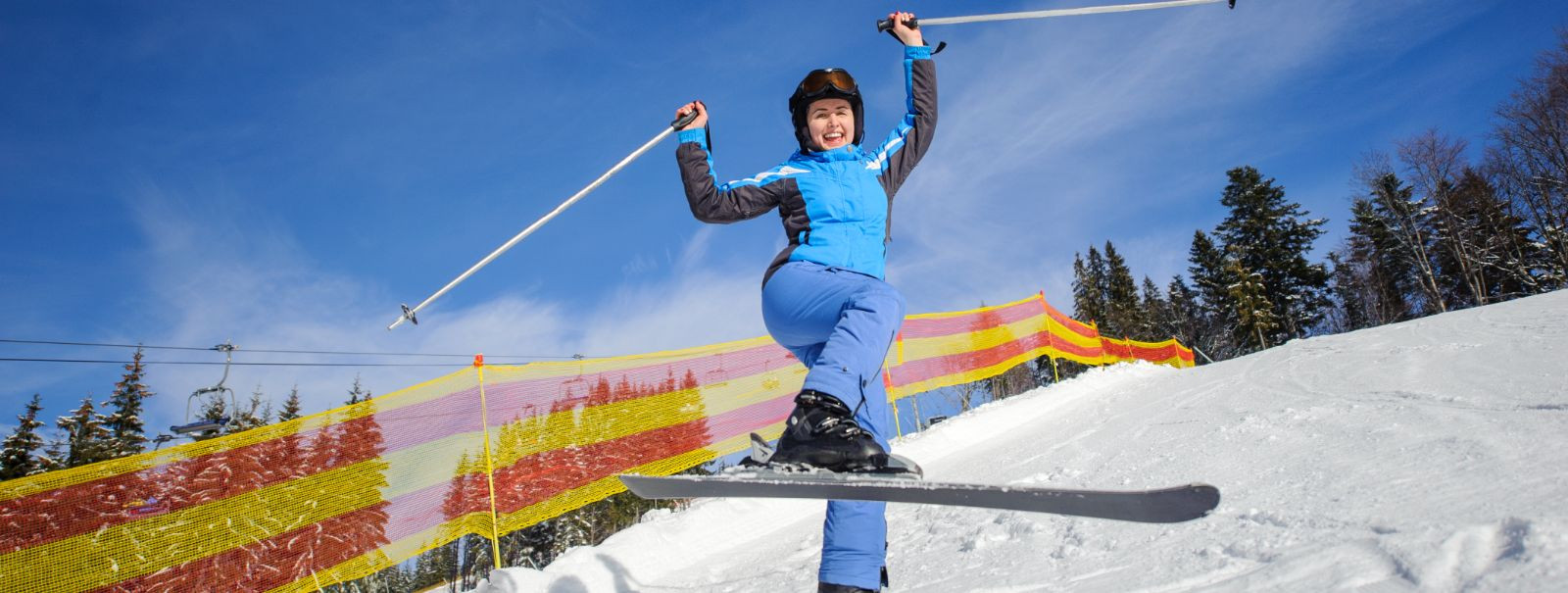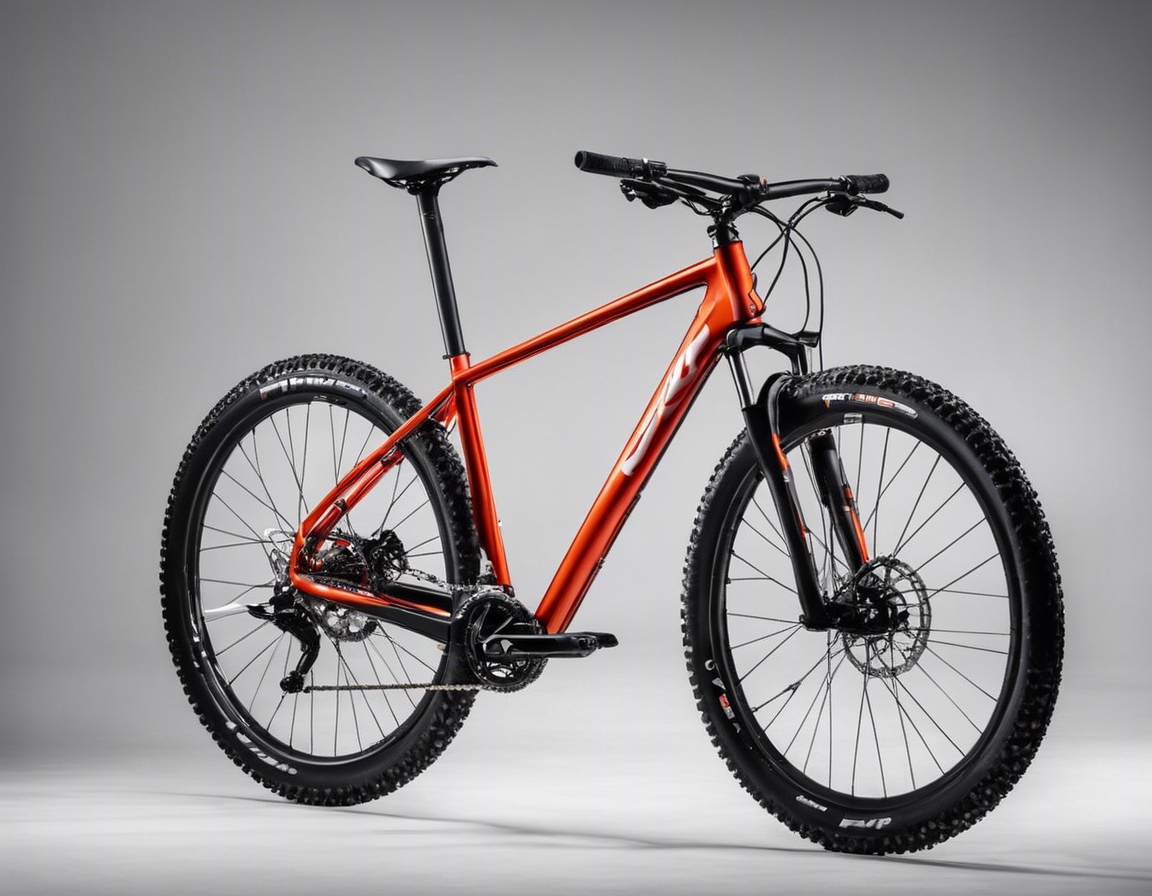Choosing the right ski boots for peak performance
For avid skiers, the quest for peak performance on the slopes begins with the right equipment. At the core of this equipment is a pair of ski boots that not only fit comfortably but also enhance your skiing ability. The right ski boots can be the difference between a good day and a great day on the mountain.
Understanding Ski Boot Terminology
Ski boots consist of a hard outer shell for support and a soft liner for comfort. They are designed to transfer your movements directly to your skis, which is why a precise fit is crucial.
The flex rating of a ski boot indicates its stiffness and how much force is required to bend the boot forward. Stiffer boots offer more control at high speeds and are typically preferred by advanced skiers, while softer boots are more forgiving and better for beginners.
The last width of a ski boot is the width of the inside of the boot at the forefoot. It's important to match the last width to the width of your foot for comfort and performance.
Factors to Consider When Choosing Ski Boots
Your skill level and the type of skiing you do will greatly influence the type of boot you need. Racing, freestyle, and all-mountain skiing each have different boot requirements.
Everyone's feet are unique, and ski boots come in various shapes and volumes to accommodate this. It's essential to know your foot's length, width, and arch type when selecting boots.
Ensure that the boots you choose are compatible with your ski bindings. This is a safety concern as well as a performance issue.
Modern ski boots are made from a variety of materials that affect their weight, flexibility, and warmth. Understanding these materials can help you make an informed decision.
Customization Options for the Perfect Fit
Many ski boots offer heat-moldable liners that can be customized to the shape of your foot, providing a perfect fit and improved performance.
Look for boots with adjustable buckles, canting, and other features that allow you to fine-tune the fit to your specific needs.
Trying on Ski Boots: A Step-by-Step Guide
When trying on ski boots, start with a shell check to ensure the length is correct. Your toes should lightly touch the front of the boot when your heel is back.
Visiting a professional boot fitter can make all the difference in finding the right ski boots. They can assess your foot's shape and recommend the best boot for your needs.
Maintaining Your Ski Boots for Longevity
Proper cleaning and storage are vital to extending the life of your ski boots. Dry them out after each use and store them in a cool, dry place.
Regularly inspect your boots for signs of wear and tear. If you notice significant damage, it may be time to seek repairs or consider a replacement.






Comments (0)